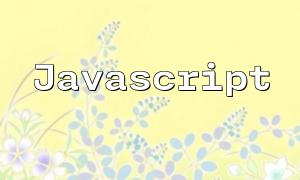In modern web development, Laravel's request validation rules are crucial for ensuring data integrity and security. This article will provide a detailed explanation of how to use these validation rules, helping developers improve application quality and user experience.
In Laravel, request validation is implemented through request classes (Form Request). These classes allow developers to define validation rules to ensure that incoming data meets the expected format. This prevents malicious data injection and greatly enhances application stability and reliability.
A request class is a Laravel class used to handle HTTP requests and validate data. Developers can easily create request classes via the artisan command, for example:
php artisan make:request StoreUserRequestOnce the request class is created, you can define validation rules and authorization logic within it.
Laravel provides a variety of built-in validation rules to help developers easily implement different types of data validation. Below are some common rules:
When users submit a form, it is often necessary to ensure that certain fields are mandatory. The required rule can be used to enforce that a field must have a value. Example:
public function rules() { return [ 'name' => 'required|string|max:255', 'email' => 'required|email', ]; }To ensure correct data types, the string and numeric rules are very useful. The former is used to validate strings, and the latter is used to validate numbers. Example:
public function rules() { return [ 'age' => 'required|numeric|min:18', 'username' => 'required|string|alpha_num', ]; }In real-world development, there are times when more complex validation is required. Laravel allows you to use closures to define custom validation rules. For example, to check the uniqueness of a field:
public function rules() { return [ 'email' => 'required|email|unique:users,email', 'username' => 'required|string|alpha_num|unique:users,username', ]; }When validation fails, Laravel will automatically redirect the user and include the validation error messages. You can display these error messages in your views using the following code:
@if ($errors->any()) @foreach ($errors->all() as $error) <p>{{ $error }}</p> @endforeach @endifFor Laravel developers, mastering request validation rules is crucial to improving application quality and user experience. By using various validation rules effectively, you can enhance data security and ensure application stability. We hope this article helps you better understand Laravel request validation rules and improves your skills in Laravel development.









